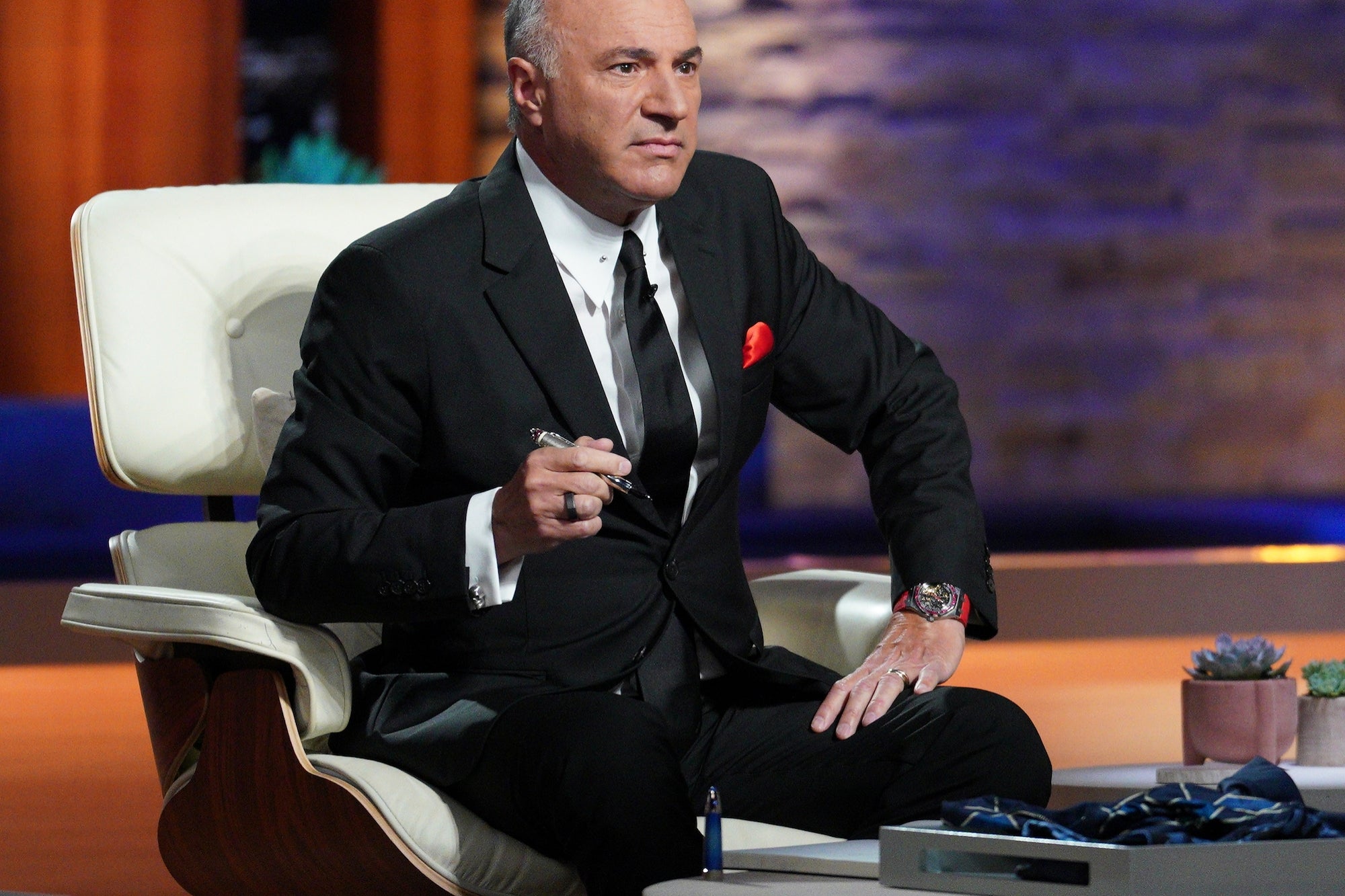3 Steps to Transform Your Business Idea Into a Prototype Whether you're building a cup holder or a tech gadget hooked to your smartphone, every product has to follow these three steps before it's ready.
Opinions expressed by Entrepreneur contributors are their own.
One of the most frequent questions we hear from entrepreneurs is about the design cycle and how long it will take to develop an idea into a real product. Of course that answer totally depends on the complexity of the product, but by breaking the process down, there are solid ways of estimating what will happen and when.
The cycle consists of three big loops -- design, engineering and production. The goal is to move gracefully from loop to loop, but you often need to run a loop more than once to get it right. Generally speaking, it's hard to develop a new product in less than six months. Nine to fifteen months is common, and many products take a lot longer.
Let's make this concrete by using two hypothetical product examples: a cup holder that clips onto your bike and a pet food monitor that sends information about how much your pet is eating to your smartphone.
1. Design loop
Entrepreneurs most often come to us having already spent a lot of time thinking about their product and what they want it to do. This sometimes lets us bypass the beginning of the design loop, which involves product concept generation or user research to identify product opportunities. Instead, our first task is to build upon the vision to come up with a form, functionality and a way of making the product.
We refine the idea through an iterative process of creative thinking, sketching and building 3D models on a computer. Photorealistic renderings and prototypes help zero-in on the look and feel. Ideally these product directions are tested in focus groups or using user research. If that isn't feasible, they are tested by the entrepreneur in more informal settings.
If the product has a lot of inner mechanical or electrical components, we also spend time figuring those out. Does it need a screen? Buttons? A motor and gears? A way to weigh the pet food? A Bluetooth connection? Those parts get pulled into the design process so the final forms that are produced can practically fit both the user interface and the guts.
For a cup holder, this process could take two to four weeks. For a smart pet feeder, it could take four to six weeks.
Related: In Nanotech's Small World, Big Opportunities Abound
2. Engineering loop
Engineers work with industrial designers throughout the design phase, helping behind the scenes and suggesting solutions for constraints. When the engineering phase starts, they hit the ground running, taking the design direction and turning it into parts that can be manufactured. If there are similar products we can get our hands on, we tear them apart to benchmark them. In our office, you better hold on to your stuff, or you may find it in our lab in a hundred pieces.
Products with electronics, like the smart pet feeder, need additional work in terms of component selection, laying out circuit boards, and tackling the software. Electrical engineers work side-by-side with the mechanical engineers, integrating the two sides of the project as we go, making sure everything will work together. Software components tend to be the biggest wild cards: making them work well is time-consuming, and it is hard to resist adding features.
The engineering loop is about creating something that works, but also about making it the best it can be. We try to make the product light, sustainable, or cost-effective depending on the clients' priorities. If you don't anticipate high quantities, you might want to minimize tooling. If you anticipate making a lot, the cost of parts is more important to keep low.
Related: Need a Prototype? 3-D Printers Coming to UPS Stores
At the end of this loop, we build alpha prototypes that look and work like the product, but are not ready to be mass-produced. We test the alpha, go back and improve things, and then make a refined beta prototype, which is the last one before you move onto production. These prototypes are a chance to further debug the design, function and user acceptance of the product.
For a cup holder, this process could take four to six weeks. For a smart pet feeder, it could take eight to 12 weeks.
3. Production loop
Sit tight. Entrepreneurs are often surprised by the length of this process. Finding vendors, documenting the design, waiting for tools, debugging the parts, and any required regulatory compliance always takes longer than you would like, but it is the final big loop and often what separates a good idea from a great product.
For a cup holder, this process could take six to 12 weeks. For a smart pet feeder, it could take four to six months.
With each phase you are locking things in and investing more time and money. Your vision will evolve either subtly or radically as you go along. Like a rollercoaster, each loop prompts its own thrills (and terrors), but you won't end up in the same place you started. This is a good thing. Trust the process.
Related: Creating a Product Prototype









